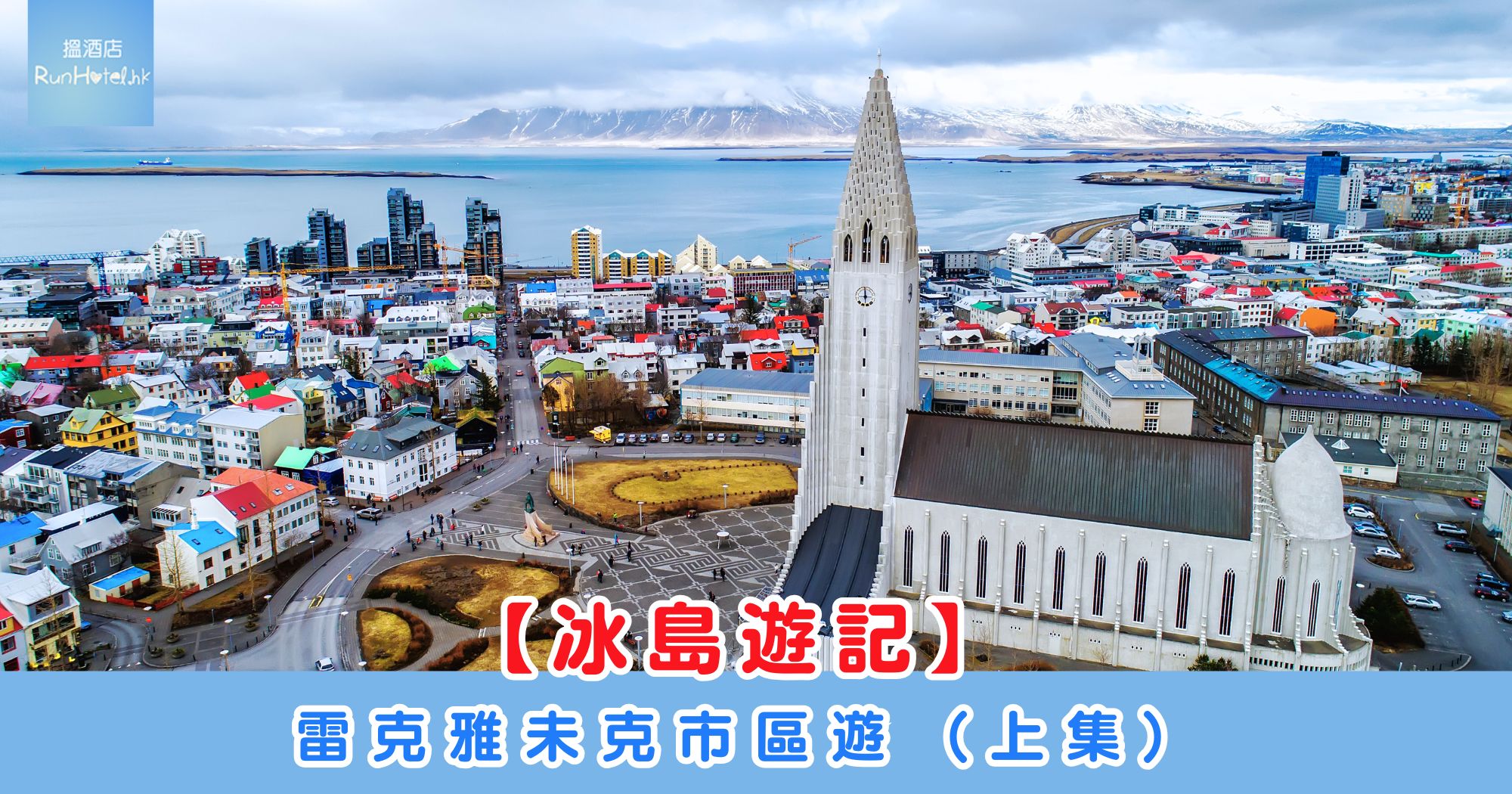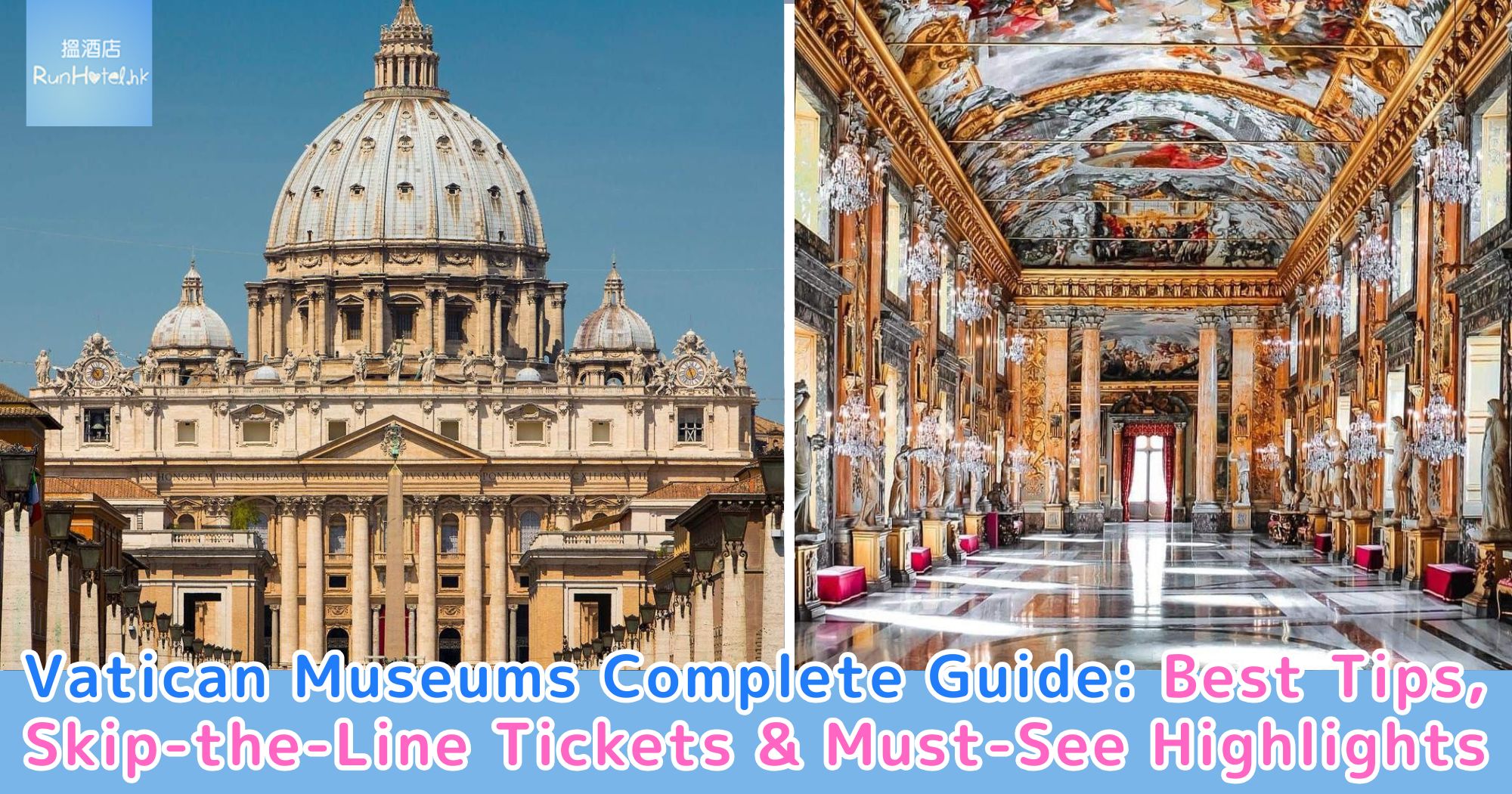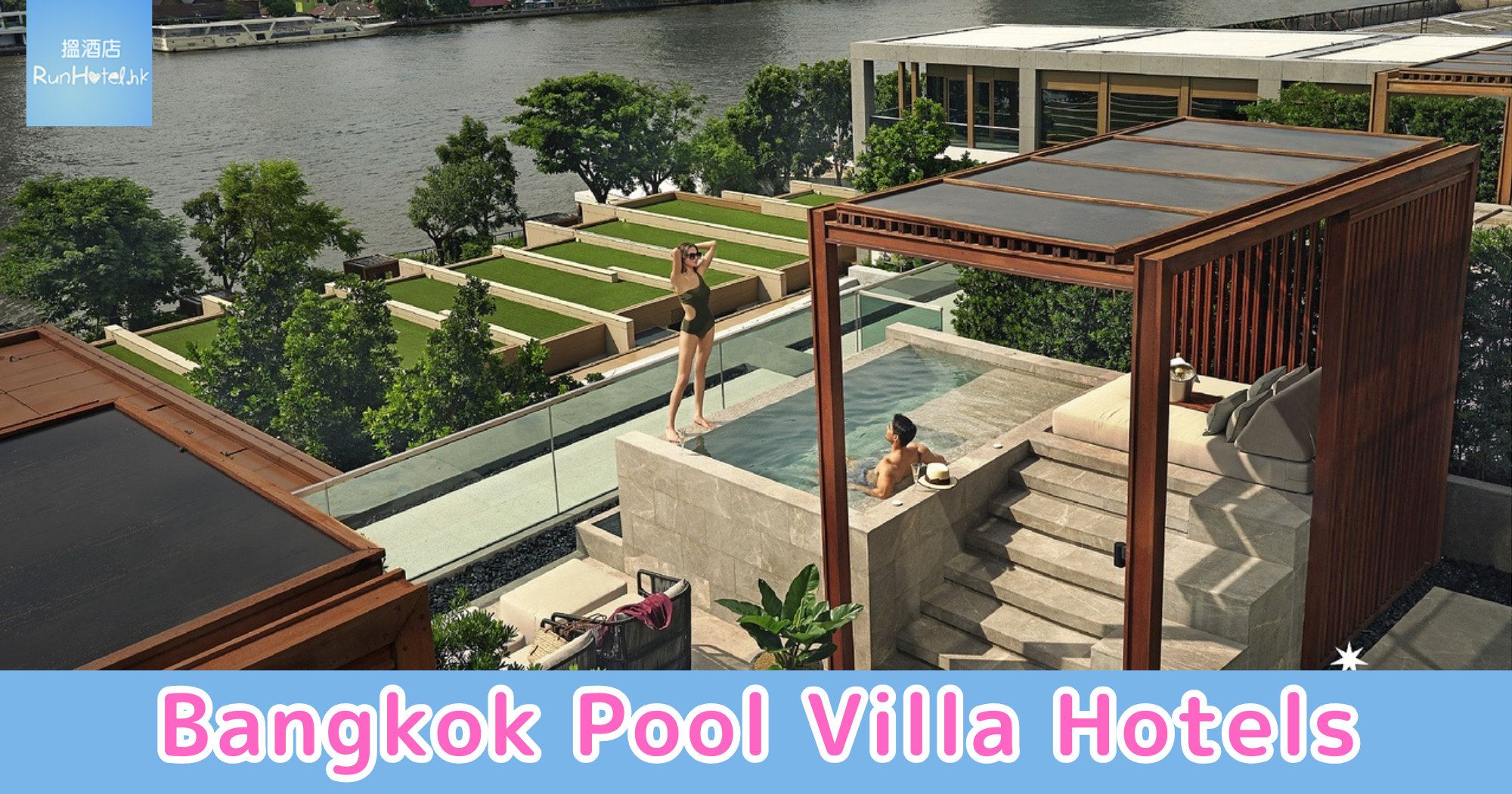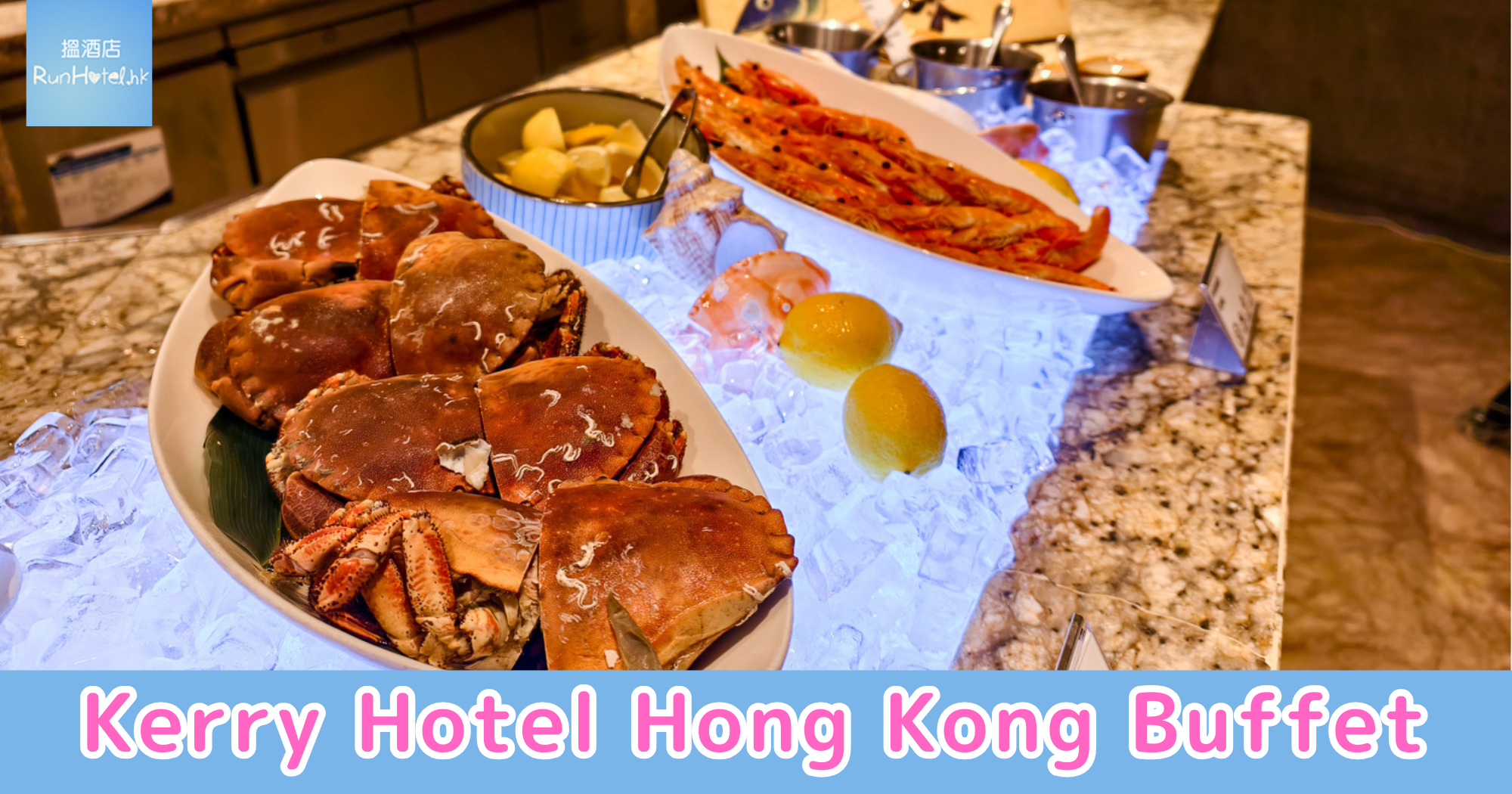Reykjavik Highlights: Rainbow Street, Tjörnin Lake & Unique Museums (Part 1)
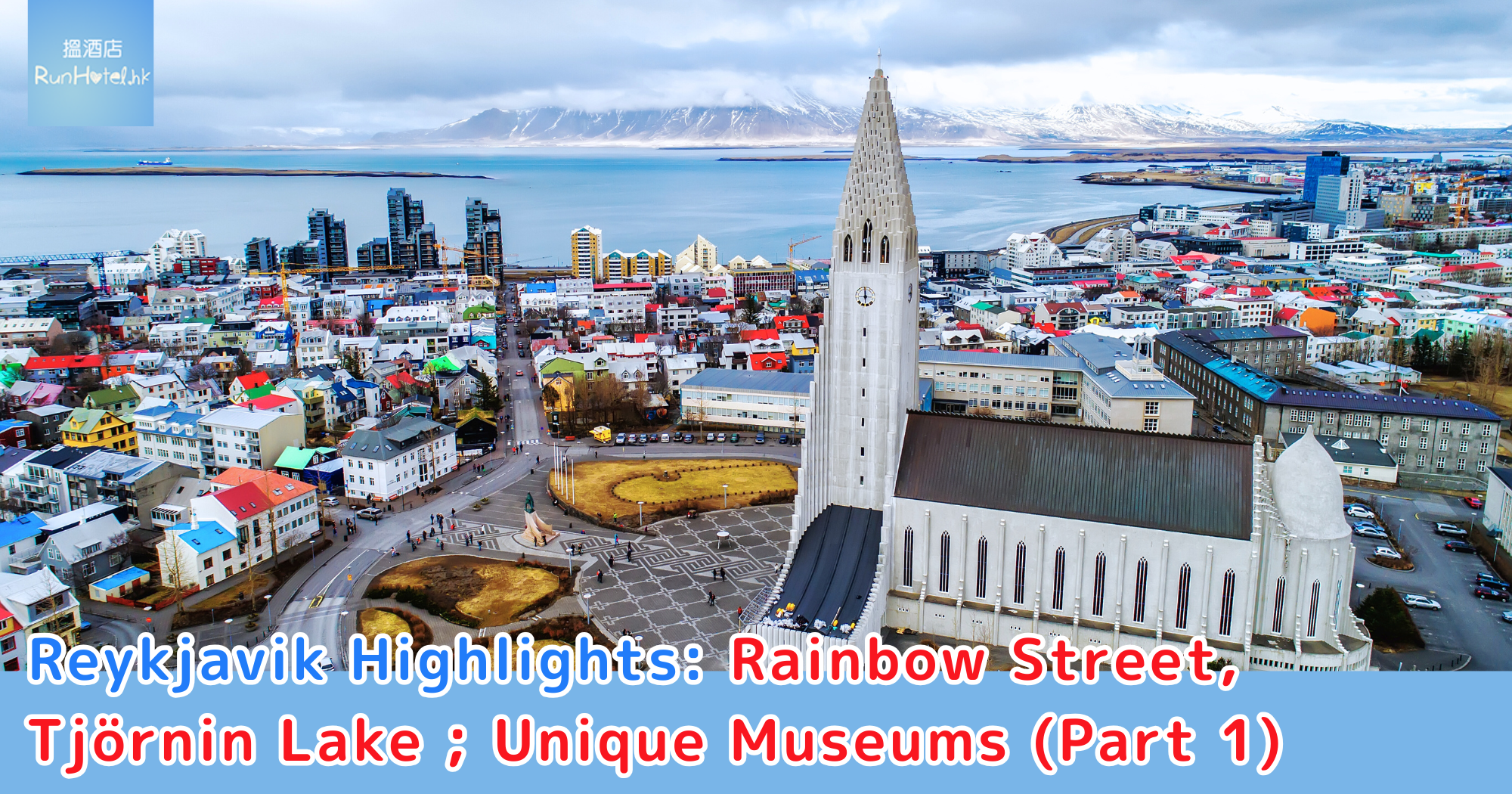
This was my second trip to Iceland, and each time I’ve stayed for at least two weeks — there’s simply too much to see. Every season transforms the country: summer, autumn, and winter reveal entirely different landscapes. This time, I’m sharing how to spend two relaxing days in Reykjavik, experiencing the capital’s slow rhythm and local charm.
Stop 1: Hallgrímskirkja
Hallgrímskirkja is perhaps Iceland’s most recognizable landmark. Standing 74 meters tall, it’s the second-highest building in the country and dominates the Reykjavik skyline. Its design was inspired by the hexagonal basalt columns found across Iceland’s volcanic landscape, making it a true symbol of the nation’s natural beauty.
Inside, the church is serene and minimalist: white walls, a simple altar, and wooden furnishings create a peaceful atmosphere. The centerpiece is a magnificent 15-meter pipe organ. If you’re lucky enough to visit when it’s being played, the sound fills the entire church with breathtaking resonance.
Be sure to take the elevator to the top of the tower — the panoramic view of Reykjavik is unforgettable. You’ll see Rainbow Street, colorful houses, and snow-covered rooftops stretching to the horizon. Visit around sunset for especially beautiful light. The tower also houses three large bells and 29 smaller chime bells that play every 15 minutes, with a longer melody at the top of each hour.
▼ The church tower offers sweeping views across Reykjavik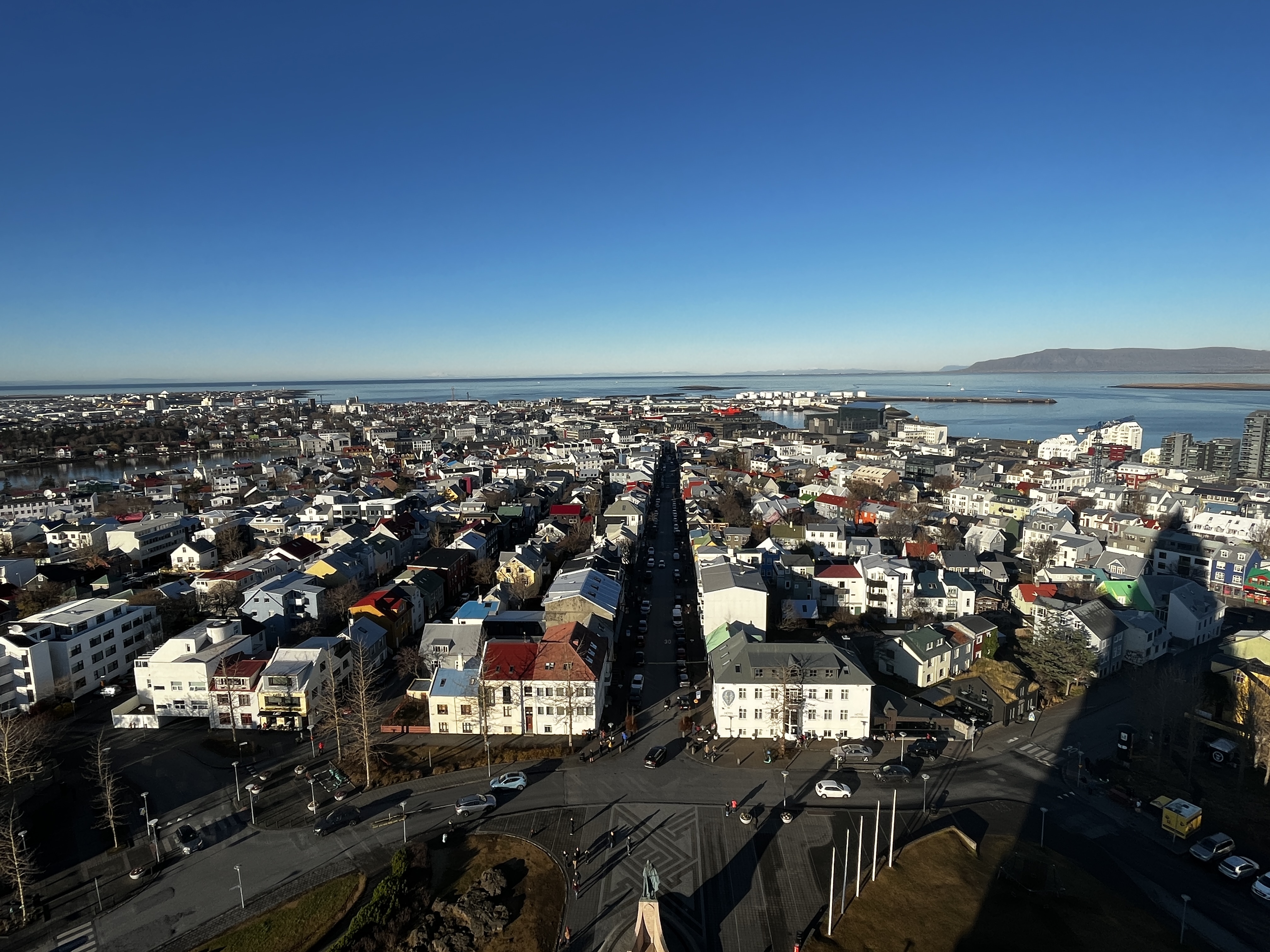
▼ The church’s design echoes Iceland’s basalt columns, with a bright and elegant interior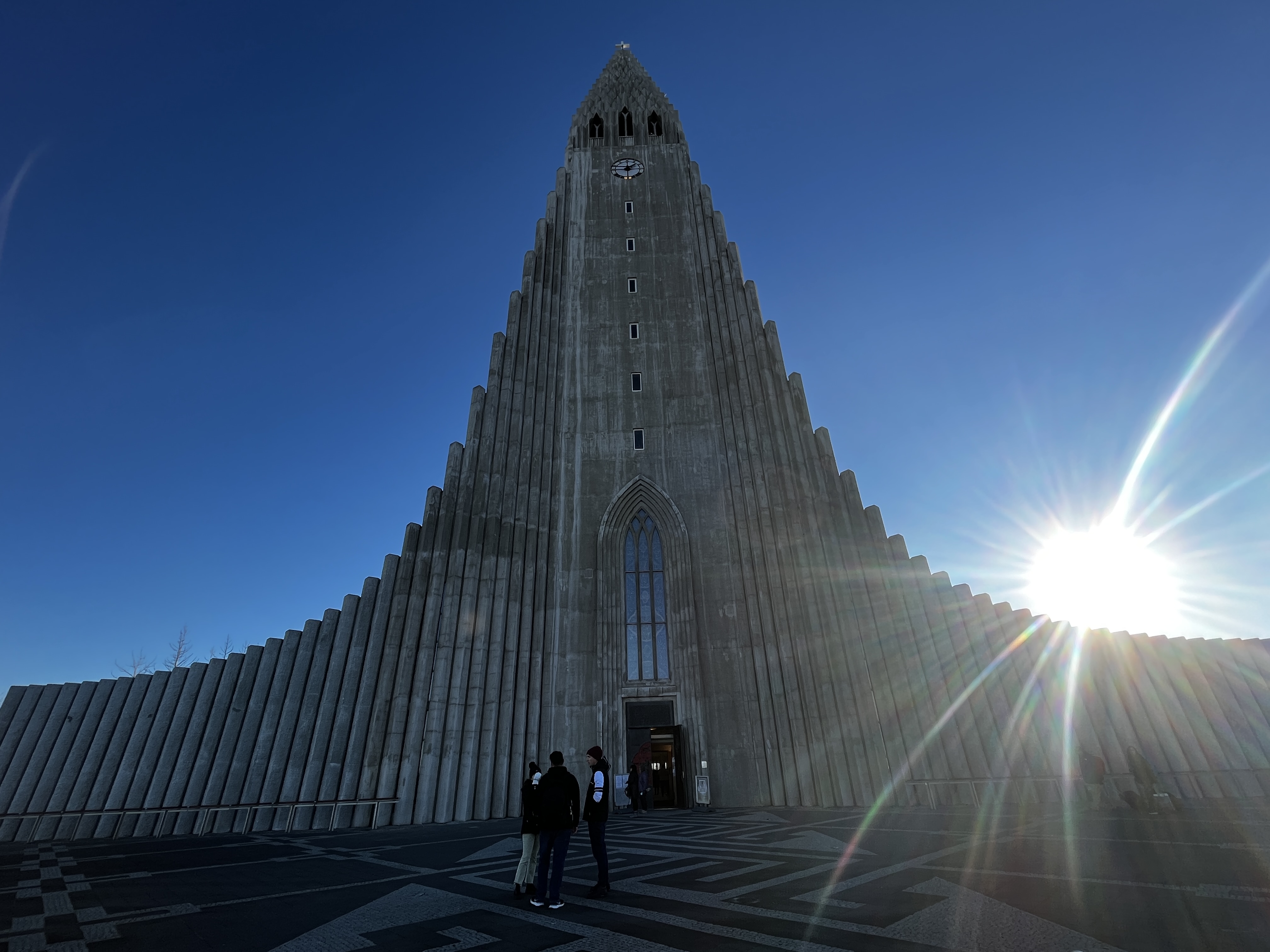
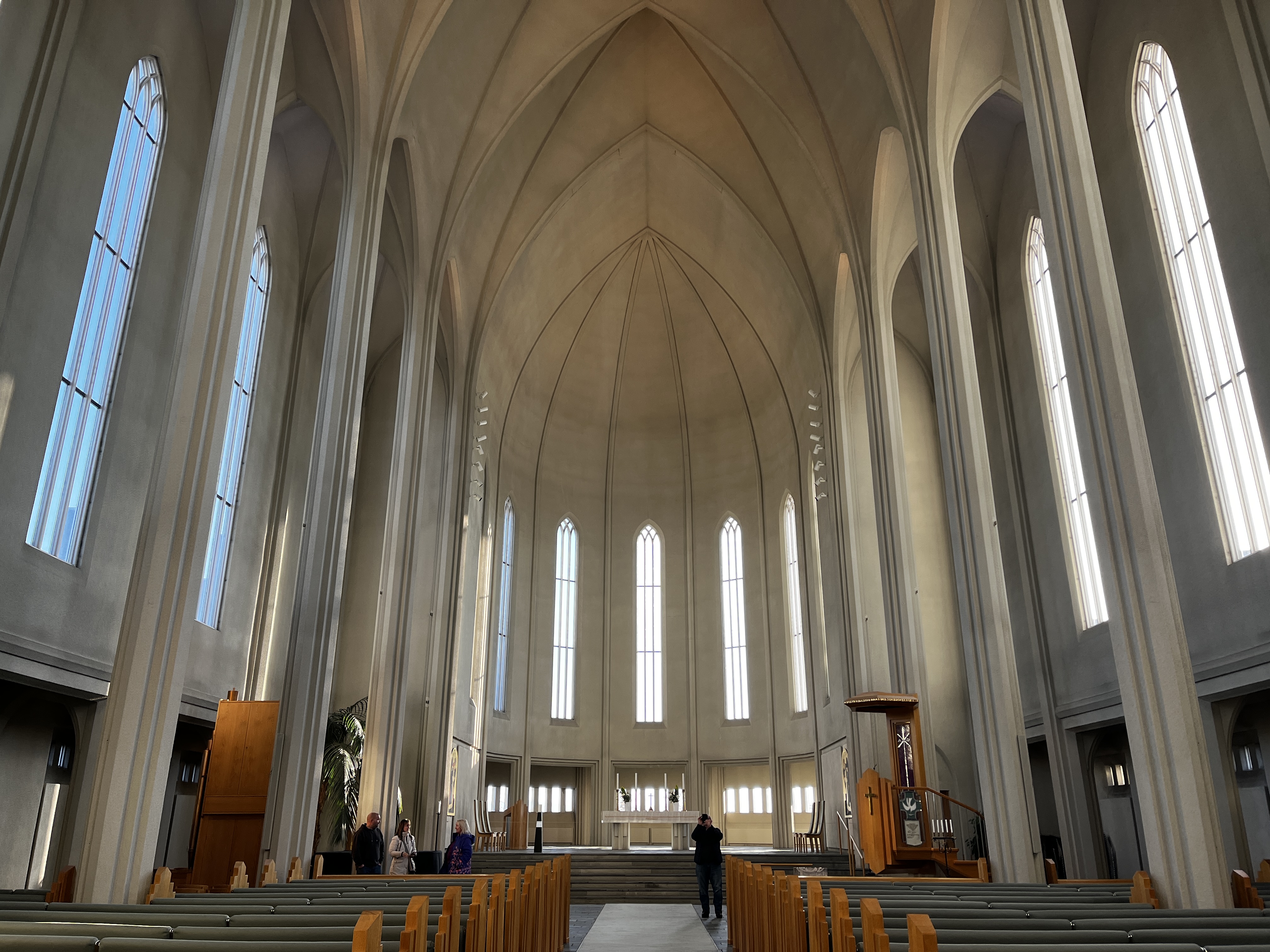
Stop 2: Rainbow Street
Walk straight down from Hallgrímskirkja’s front steps and you’ll reach the vibrant Rainbow Street. Originally painted for Pride celebrations, the rainbow symbolizes Iceland’s strong support for the LGBTQ+ community. Because the church stands at one end, it’s become one of Reykjavik’s most famous photo spots.
The street is now pedestrian-only and lined with small shops, local design stores, and big Icelandic brands like 66°North and ICEWEAR. It’s also a great place for food — cafés, Middle Eastern restaurants, and casual bites make it perfect for a relaxed lunch. For the best photos without crowds, come early in the morning.
▼ Rainbow Street ends at Hallgrímskirkja — arrive early for peaceful photos (Photo: senlinmao.com)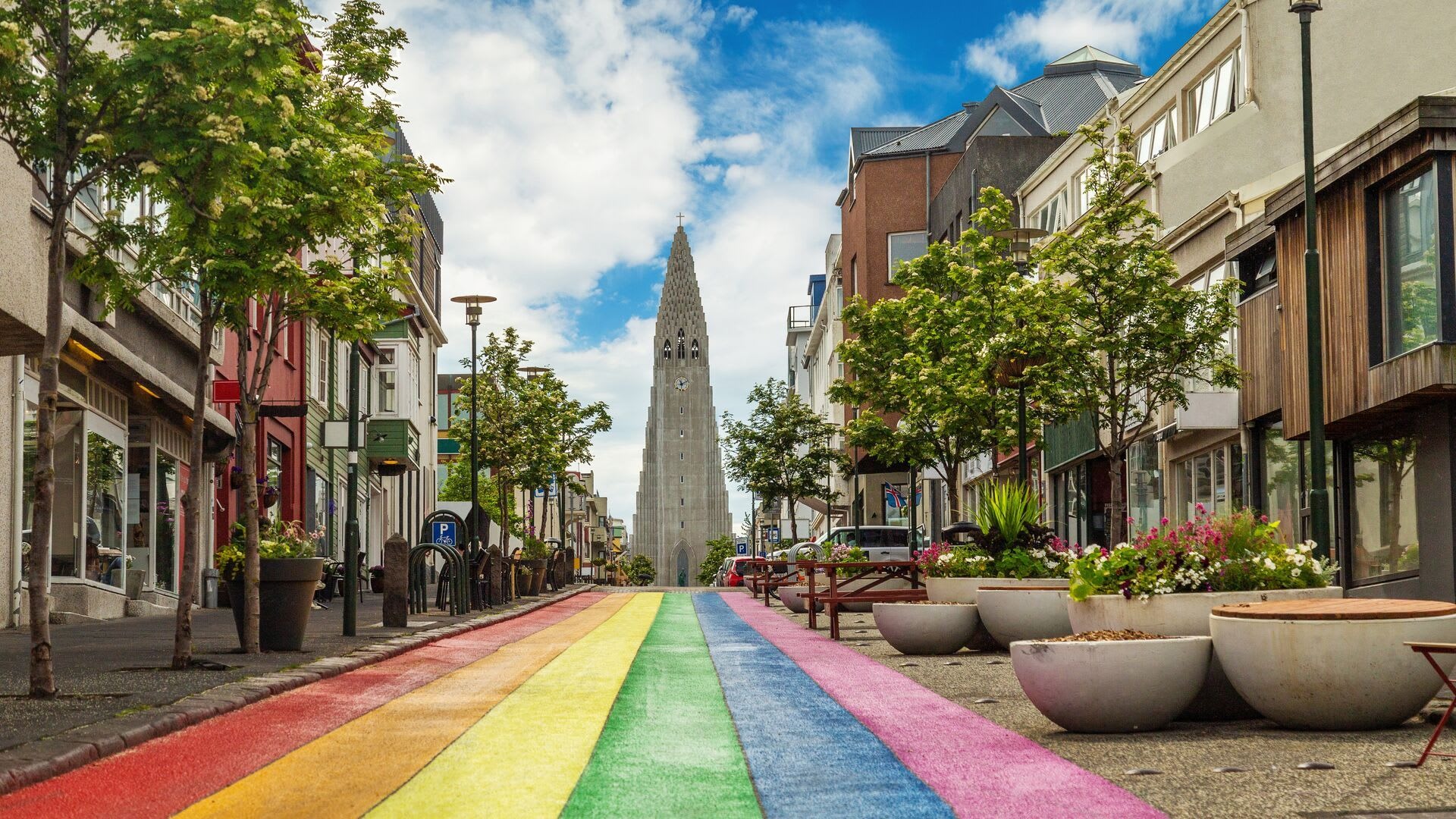
Stop 3: Tjörnin Lake
About a 10-minute walk from Rainbow Street brings you to Tjörnin, a tranquil lake right in the heart of Reykjavik. Locals affectionately call it “the world’s largest bread soup” because so many people feed the swans, ducks, and pigeons here — you’ll often see floating pieces of bread on the water.
Despite being in the city center, the atmosphere is calm and relaxing. Reflections of nearby buildings shimmer on the water’s surface, and the sunlight gives the whole scene a soft glow. In winter, the lake freezes solid, and locals often come here to skate. Next to the lake stands the Reykjavik City Hall, which is free to enter and has public restrooms.
▼ Peaceful Tjörnin Lake is home to swans and other birds year-round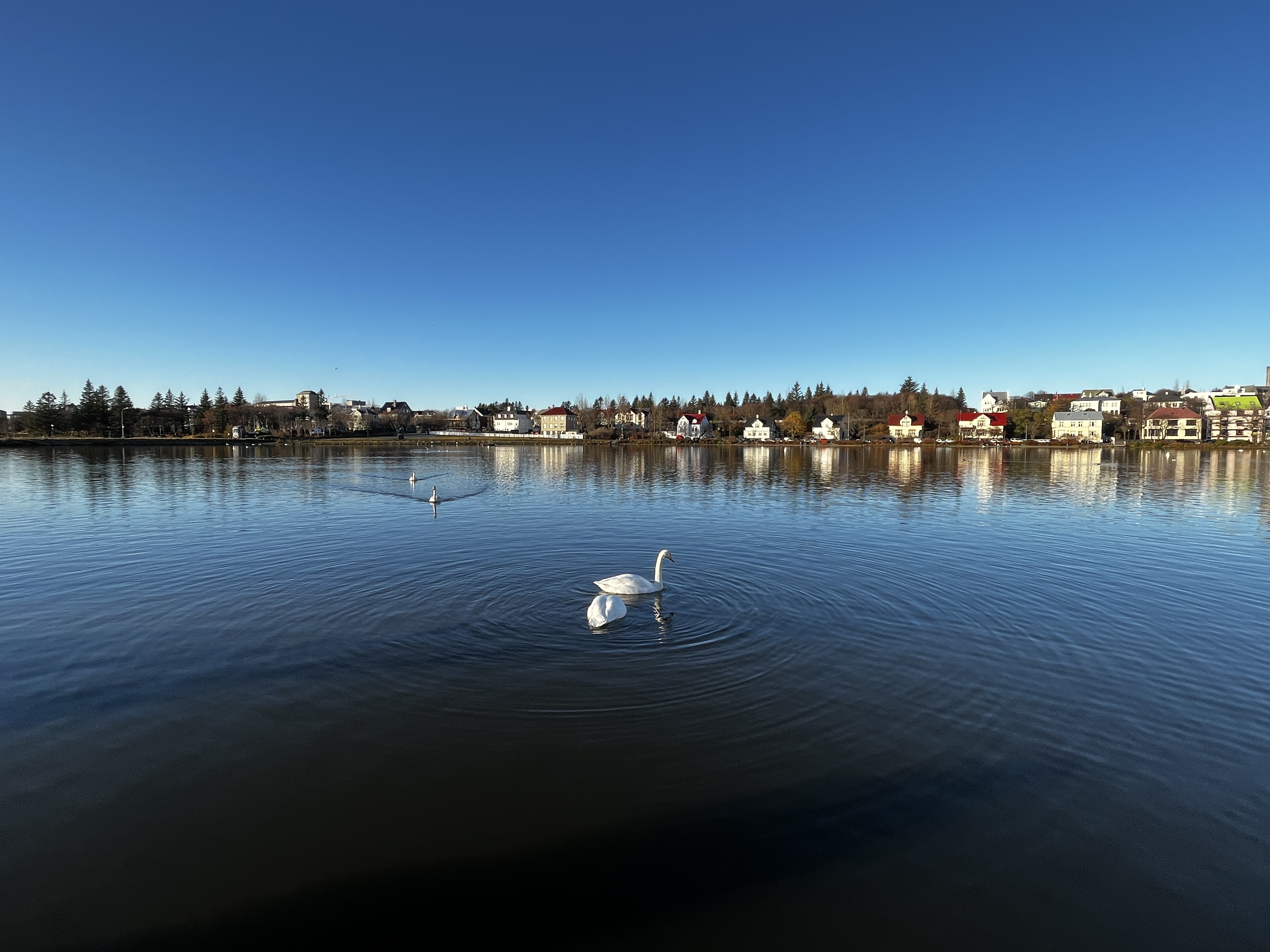

Stop 4: The Icelandic Phallological Museum
This quirky, world-famous museum is the only one dedicated entirely to phalluses. Opened in 1974, it features more than 280 specimens from various species — mostly fish, but also mammals like deer and horses. Beyond the exhibits, the museum provides interesting educational displays about animal mating habits, making it surprisingly family-friendly for those teaching kids about biology and science.
The museum is compact; a typical visit takes about 30 minutes. If you’re looking for a fun and unusual experience in Reykjavik, this is the place to go.
Opening Hours: 10:00 a.m. – 7:00 p.m. (open year-round)
Admission: Adults ISK 3,500; Children under 12 free
▼ The museum’s exterior looks almost like a clinic — easy to miss if you’re not paying attention (Photo: phallus.is)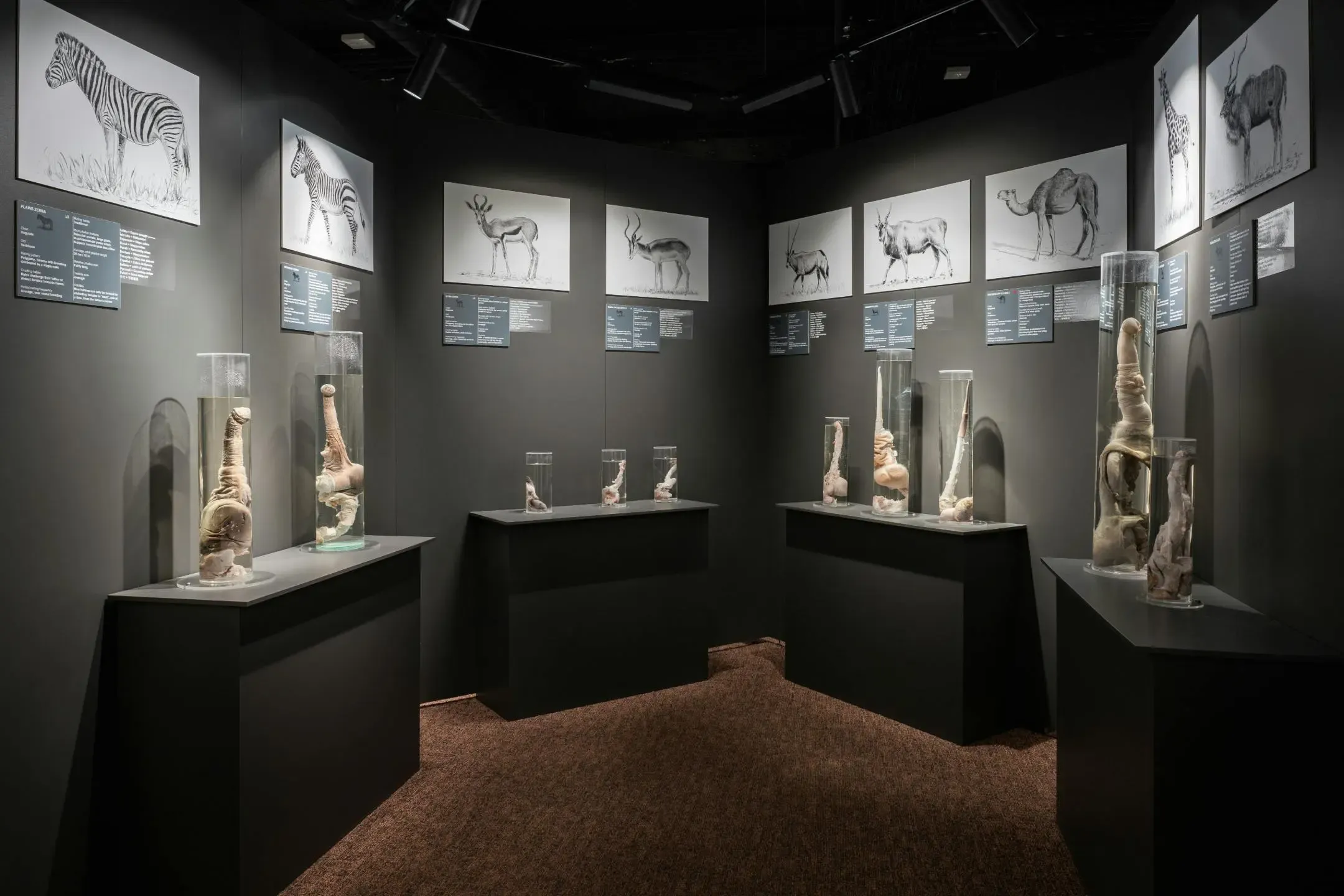
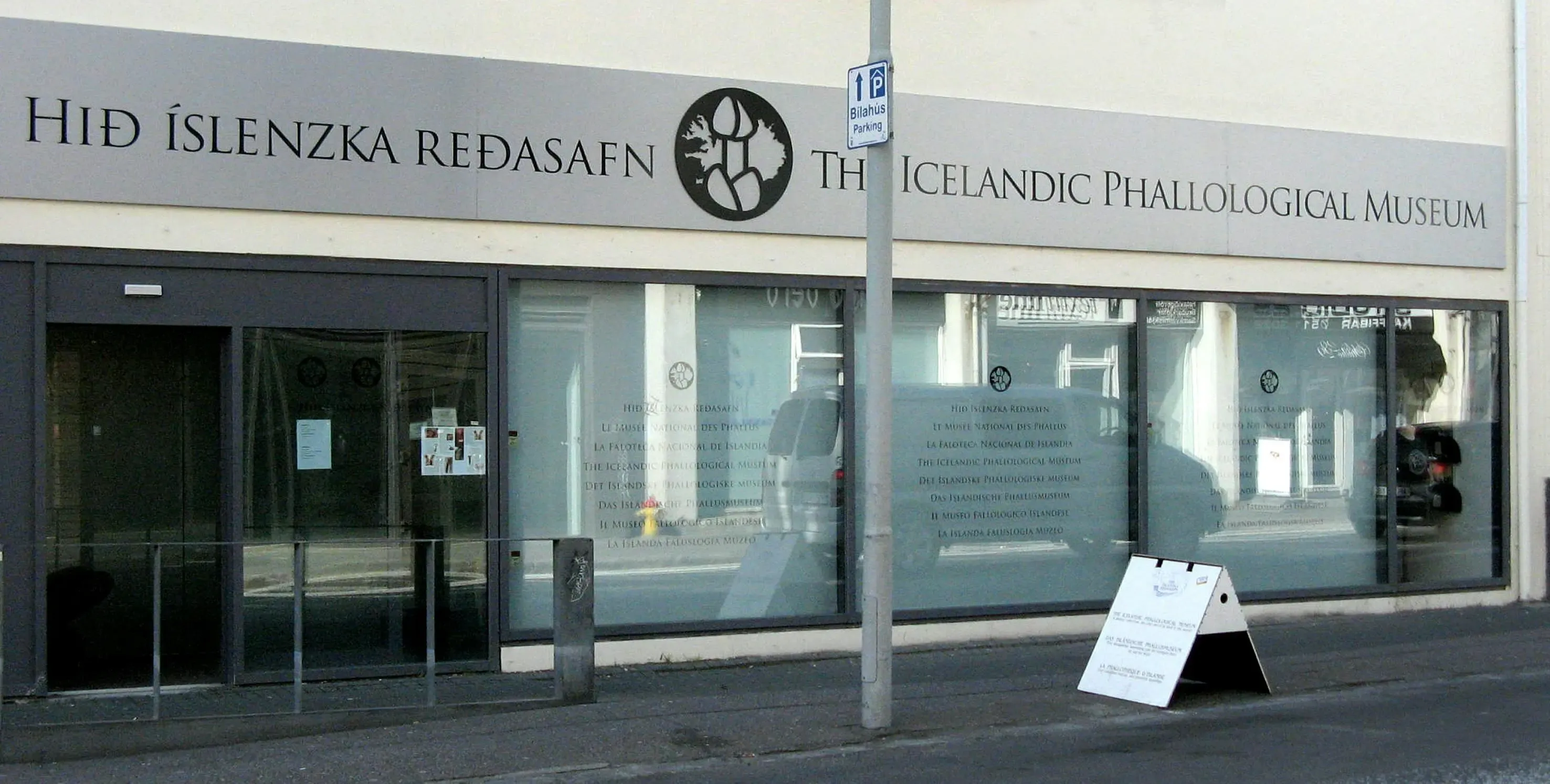
Stop 5: Harpa Concert Hall
Harpa Concert Hall is one of Iceland’s most important modern landmarks. When the country faced bankruptcy during the 2008 financial crisis, many projects were halted — but Harpa was saved through government support and completed on time. It later won the 2013 European Union Prize for Contemporary Architecture.
The design was inspired by Iceland’s natural basalt columns. Its irregular glass façade changes color with the sunlight, creating dazzling reflections by day and a luminous display at night. Inside, the interplay of light and structure is mesmerizing — a testament to Iceland’s resilience and creativity.
▼ Today, Harpa hosts many major cultural and musical events (Photo: harpa.is)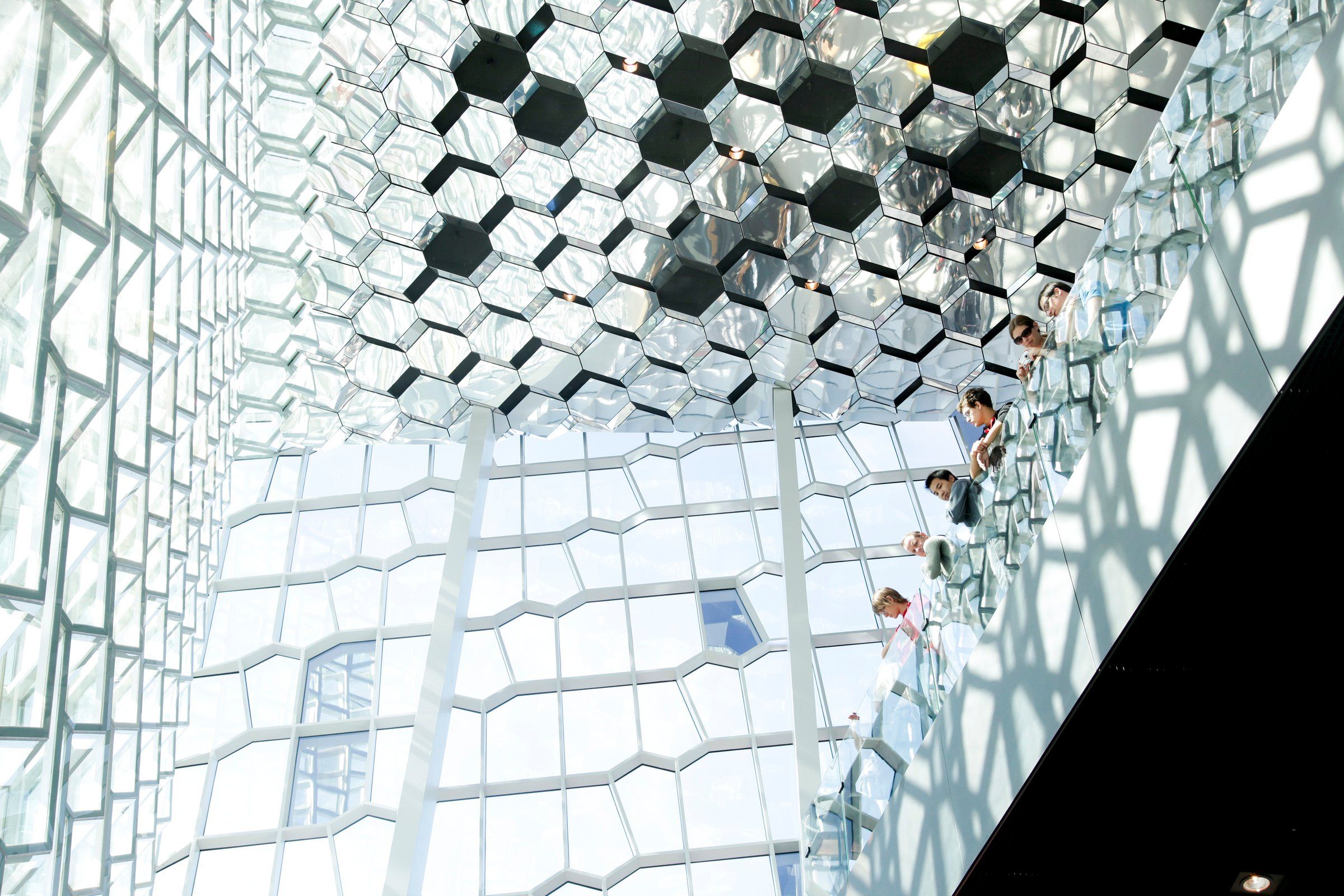
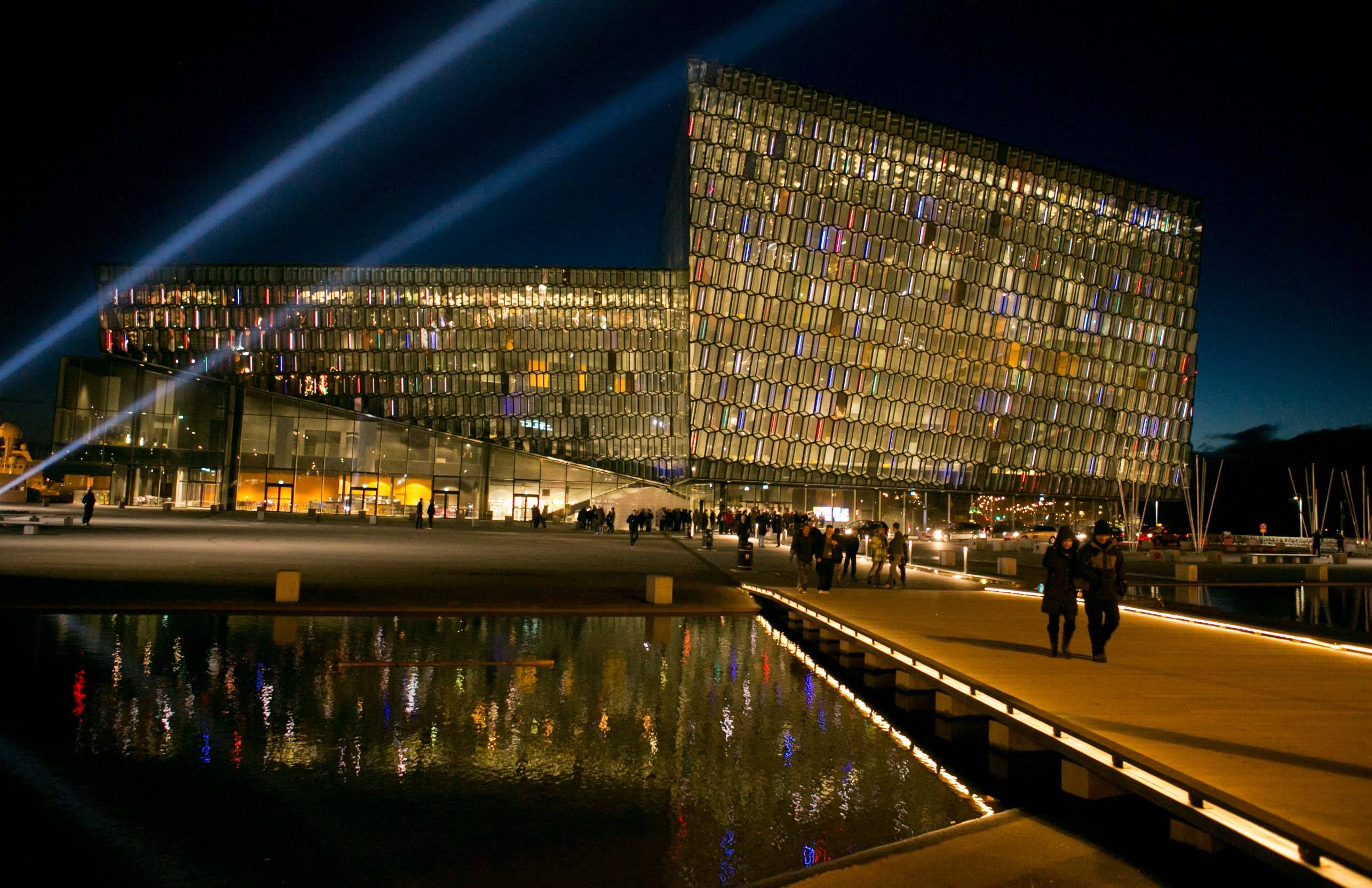
Stop 6: Sun Voyager (Sólfar)
The Sun Voyager sculpture was built to celebrate Reykjavik’s 200th anniversary. Made of stainless steel, it combines the shape of a whale’s skeleton with the form of a Viking ship — a tribute to Iceland’s explorers and seafaring past. The monument has stood proudly on the waterfront for nearly four decades.
Symbolizing hope, freedom, dreams, and progress, the sculpture is especially stunning at sunset when golden light reflects off the steel. At night, purple-blue lighting gives it a peaceful glow. Locals say it’s also a great spot to view the Northern Lights right from the city center.
From October 9 to December 8 each year, you can see a blue beam of light shining across the bay from the Imagine Peace Tower on Viðey Island — a tribute to global love and peace. Visiting during winter makes it even more magical.
▼ Sun Voyager and the Imagine Peace Tower mirror each other — symbols of humanity’s shared hope for peace

